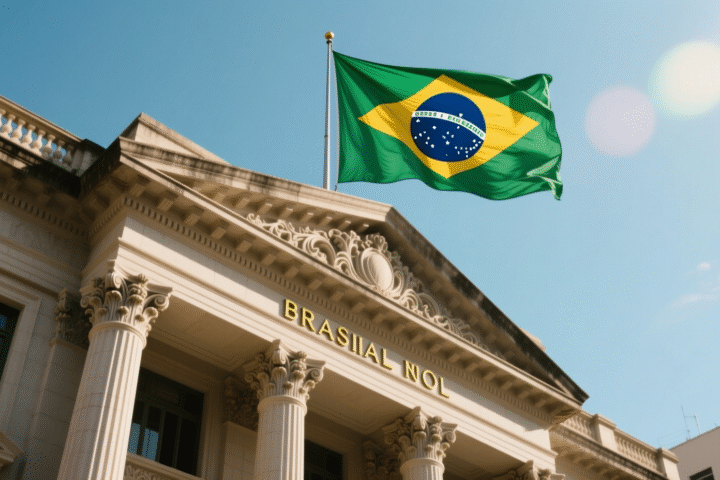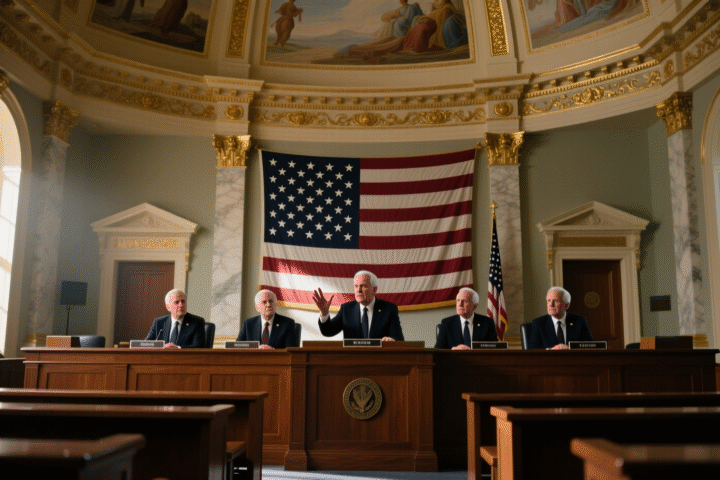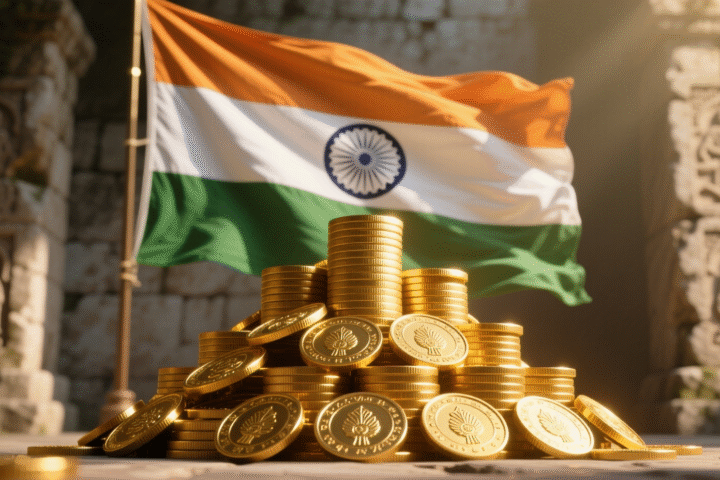The Financial Action Task Force (FATF), along with the Asia/Pacific Group on Money Laundering (APG) and Eurasian Group on Combating Money Laundering and Financing of Terrorism (EAG), has commended India for significantly strengthening its anti-money laundering (AML) and counter-terrorist financing (CFT) framework last week.
The recent assessment report highlights that India, as the world’s largest country by population, faces money laundering risks primarily from fraud, corruption, and drug trafficking.
Despite these challenges, India has made notable progress in financial inclusion. The country has more than doubled the proportion of its population with bank accounts and promoting digital payment systems. These initiatives have enhanced financial transparency and supported AML/CFT efforts.
The assessment, however, identified areas for improvement. It said India needs to address the backlog of money laundering cases pending in courts. It must also focus on concluding prosecutions to convict and sanction terrorist financiers.
Additionally, measures aimed at preventing non-profit sector abuse for terrorist financing should be implemented following a risk-based approach. This would also includes outreach to organizations about their risks.
Community Insights on India’s AML/CFT
Dilip Chenoy, Chairperson of Bharat Web3 Association noted that The FATF-APG-EAG assessment shows significant progress in India’s AML/CFT framework. Talking exclusively to The Shib Daily, he said, “Since implementing the Prevention of Money Laundering Act (PMLA), the VDA sector has swiftly adapted to legal requirements. It is aided by BWA members proactively adopting compliance measures. Collaboration between FIU-IND and industry players through working groups has enabled efficient compliance for the VDA sector.”
Chenoy added that virtual asset service providers (VASPs) operating in India must register with the Financial Intelligence Unit (FIU). They should also report suspicious activities regularly. “These efforts underscore India’s commitment to maintaining a robust digital asset ecosystem while combating money laundering and terrorism financing effectively,” he noted.
Chenoy opined that as India’s economy continues to flourish, these steps will be crucial to ensuring the integrity and transparency of the VDA sector.
Recently, a Chainalysis report showcased that India leads grassroots crypto adoption globally.
“The country’s comparatively high crypto capital gains tax (at 30%) and 1% tax on all transactions — also known as a tax deducted at source (TDS) — may have drawn some Indian investors to explore international exchanges without such stringent regulatory requirements,” the report said. It also added that India leads the world on this year’s Global Adoption Index.
The report further added that India’s path to crypto adoption is becoming more defined. A key sign of progress is the Financial Intelligence Unit’s (FIU) decision to lift Binance’s seven-month ban. This was after the exchange registered as a reporting entity, therefore allowing Binance to re-enter the Indian market.
Chainalysis noted that while this change is recent and not yet reflected in the data mentioned above, it will be interesting to observe the development of India’s crypto market in the coming years.
Read More
- India Maintains Top Position in Global Crypto Adoption
- India’s Blockchain Revolution: MeitY Launches Vishvasya and NBFLite
- Two Offshore Crypto Exchanges Near Approval to Operate in India
Gairika holds positions in BTC. This article is provided for informational purposes only and should not be construed as financial advice. The Shib Magazine and The Shib Daily are the official media and publications of the Shiba Inu cryptocurrency project. Readers are encouraged to conduct their own research and consult with a qualified financial adviser before making any investment decisions.










